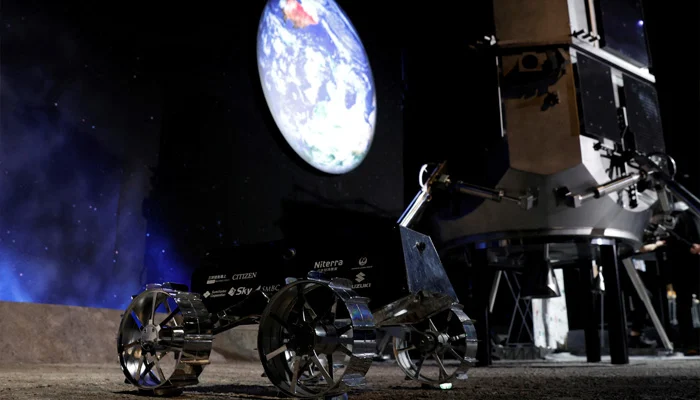Introduction
The boundless universe has always captured the imagination of humanity. In the latest stride towards unraveling the mysteries of the cosmos, Pakistan has entered a remarkable collaboration with China to construct a lunar research station at the moon’s south pole. This extraordinary partnership, inked during the Third Road and Belt Forum, marks a significant leap in Pakistan’s space exploration endeavors and adds a new chapter to the global quest for lunar discovery.
Pakistan and China: A Cosmic Partnership
Pakistan’s involvement in China’s lunar research station project is a testament to the evolving nature of space exploration. The collaboration covers a wide range of aspects of the lunar base program, reflecting China’s ambitious goal to establish itself as a major space power by 2030.
The partnership brings together two nations with shared interests in space exploration. As part of this ambitious venture, Pakistan will actively contribute to lunar research, scientific experiments, and technological advancements. The collaboration promises to strengthen diplomatic and economic ties between the two countries.
Joining the Cosmic League
Pakistan now joins a league of nations actively participating in lunar exploration. China, one of the leaders in space exploration, has set a goal to land astronauts on the moon by the end of this decade, aligning with NASA’s Artemis program. These collective efforts reflect the world’s commitment to unraveling the moon’s mysteries and utilizing it as a stepping stone for future cosmic endeavors.
A Cosmic Neighborhood
China and Pakistan are not the only players in this exciting cosmic neighborhood. Russia, Venezuela, and South Africa are also contributing to this lunar research station project. These diverse collaborations bring together nations from different parts of the world, united by their shared interest in lunar exploration.
India’s Historic Soft Landing
In August, India made history by becoming the fourth nation to achieve a soft landing on the moon. This achievement marked a significant milestone for the nation’s space exploration endeavors and added another layer of excitement to the global race for lunar exploration. India’s success demonstrated the increasing interest in space endeavors in the region.
The Return of Human Exploration
Both the United States and India have plans to send astronauts to the moon in the near future. The desire to send humans back to the moon signifies a renewed interest in cosmic exploration. It’s been nearly half a century since the last human moon landing occurred in 1972 under the U.S. Apollo program. Now, nations are once again setting their sights on Earth’s celestial neighbor.
People Also Ask!
What is the significance of Pakistan’s involvement in China’s lunar research station project? Pakistan’s collaboration with China in the lunar research station project is a major step in Pakistan’s space exploration journey. It not only strengthens diplomatic ties but also paves the way for scientific research, technological advancements, and economic growth.
How does this collaboration benefit China’s ambitions in space exploration? China aims to become a major space power by 2030, and this collaboration with Pakistan enhances its capabilities and knowledge in lunar exploration. It expands the pool of resources, expertise, and scientific data that can be harnessed for future missions.
What is the role of Russia, Venezuela, and South Africa in this lunar research project? These countries, along with China and Pakistan, are contributing to various aspects of the lunar research station project. Their involvement adds a global perspective to lunar exploration and fosters international cooperation in space endeavors.
How does India’s historic soft landing on the moon impact lunar exploration? India’s achievement in soft landing on the moon adds to the excitement and interest in lunar exploration. It showcases the capabilities of nations in the region and encourages more countries to participate in cosmic exploration.
Why are nations eager to send astronauts to the moon again after decades? The moon holds significant scientific and economic potential. Sending astronauts back to the moon allows for in-depth research, resource utilization, and potential stepping stones for future missions to other celestial bodies.
What can we expect from future lunar exploration endeavors? The future of lunar exploration is bright, with plans for more missions, scientific discoveries, and potential commercial activities on the moon. International cooperation is expected to be a key driver of these endeavors.
Conclusion
Pakistan’s collaboration with China in the lunar research station project marks a pivotal moment in the nation’s space exploration journey. This partnership, along with the involvement of other nations, underscores the shared global interest in lunar exploration. As we look to the skies, we can anticipate exciting discoveries, scientific advancements, and a renewed cosmic enthusiasm in the coming years.
